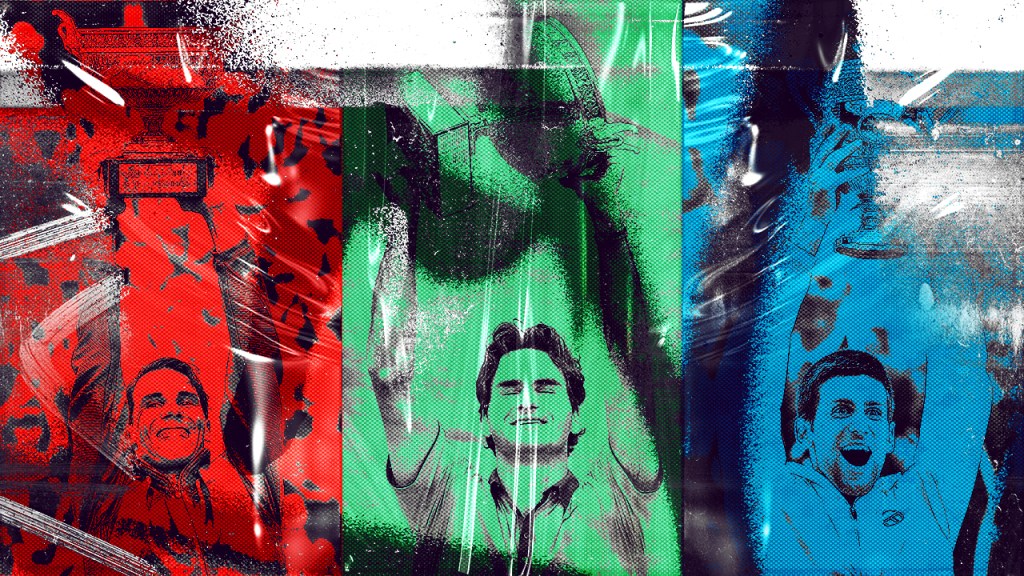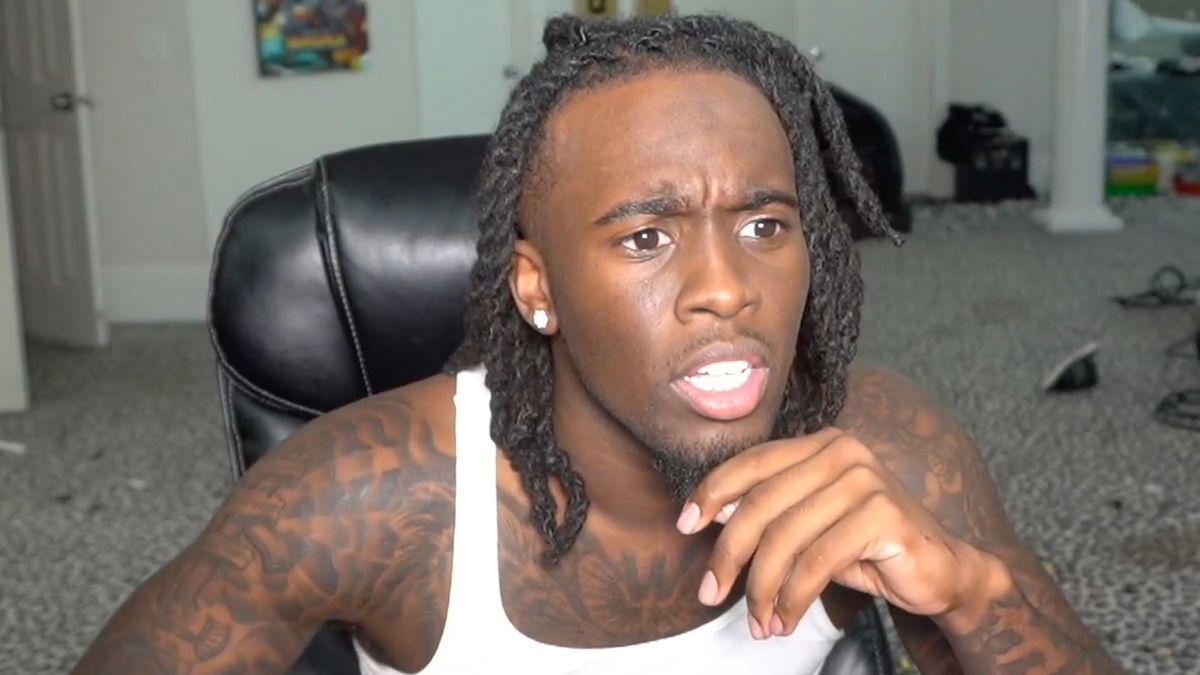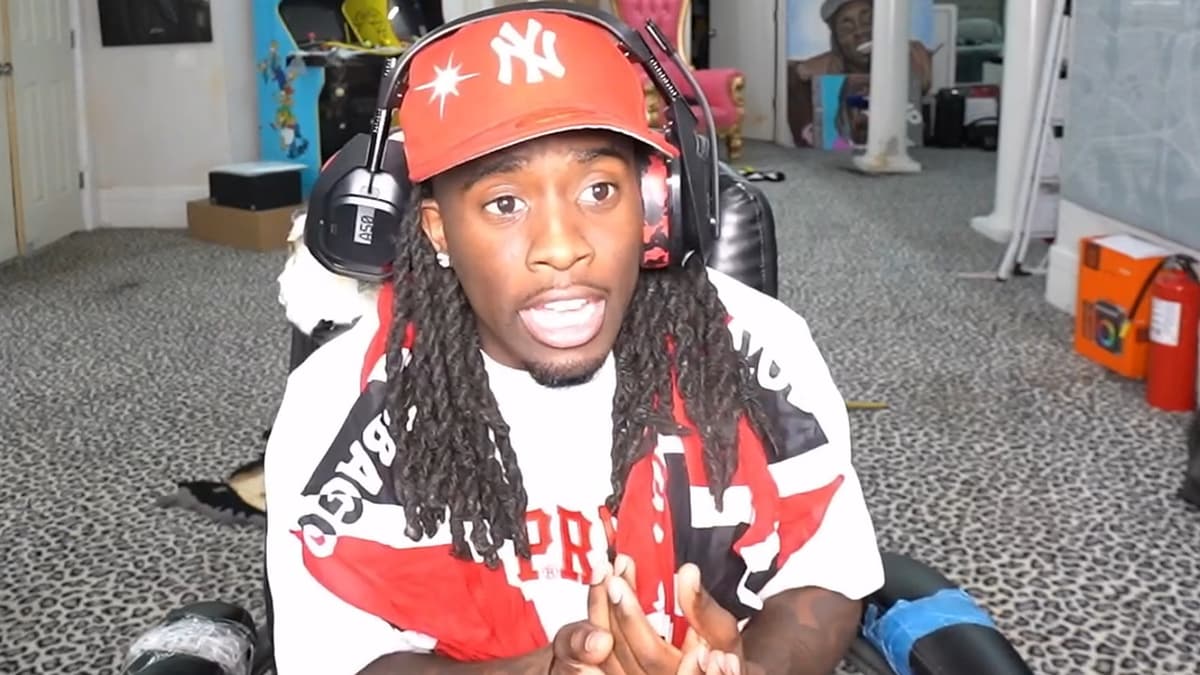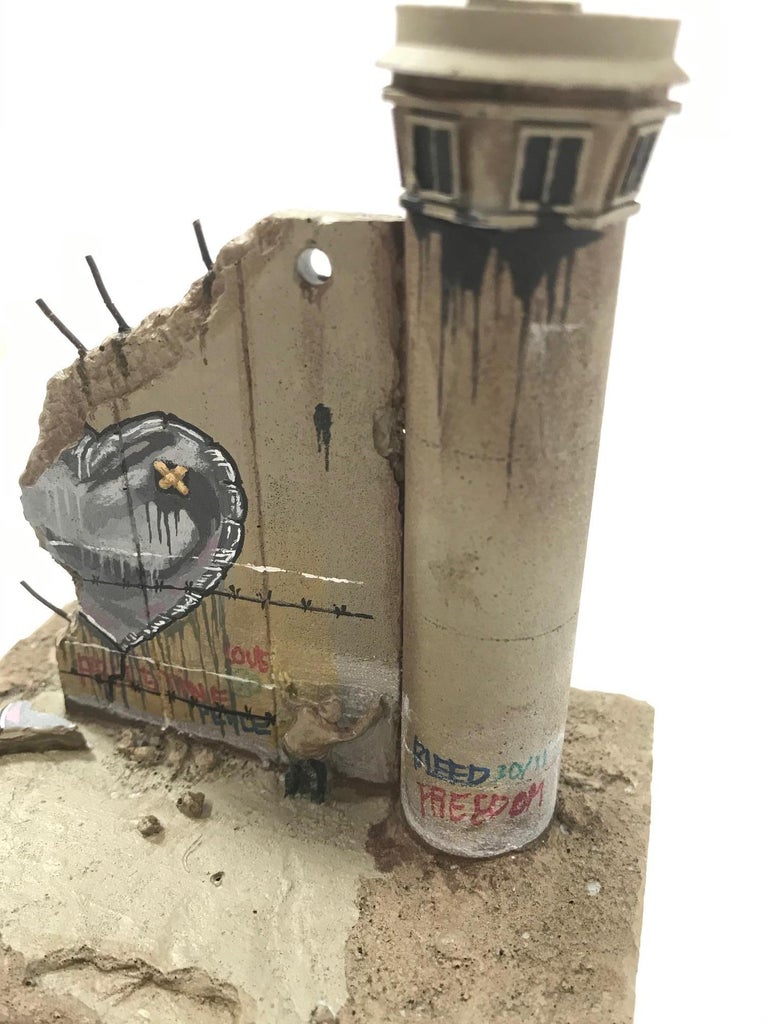Is Novak Djokovic's Reign As Tennis GOAT Ending?

Table of Contents
The Age Factor and Physical Demands of Professional Tennis
The Physical Toll of Elite Competition
Professional tennis demands incredible physical exertion. The constant running, lunging, and powerful strokes take a significant toll on the body, and the effects of age become increasingly apparent at the highest level. While Djokovic maintains exceptional fitness, even he isn't immune to the physical limitations that come with time. We've seen subtle but noticeable changes in his game in recent matches, suggesting a potential decline in his peak athleticism.
- Increased recovery time: Djokovic, at 36, requires more time to recover between matches and tournaments compared to his younger self. This impacts his ability to maintain peak performance throughout a long season.
- Susceptibility to injuries: The increased physical strain puts a greater burden on his body, making him more vulnerable to muscle strains, tendonitis, and other injuries that can hinder performance and force him to withdraw from tournaments.
- Impact on serve speed and return of serve: While still formidable, there’s been a slight dip observed in the raw power of his serve and the speed of his return of serve, possibly attributable to the natural decline in muscle strength and reaction time associated with aging.
Comparing Djokovic's current performance metrics – such as average serve speed, points won on serve, and movement statistics – to his peak years in the early 2010s reveals a measurable, albeit gradual, decrease in some key areas. This data, when considered alongside his age, points to the undeniable physical challenges he faces.
The Rise of New Rivals and the Changing Landscape of Men's Tennis
The Emergence of Carlos Alcaraz and Other Young Stars
The emergence of young stars like Carlos Alcaraz and Jannik Sinner represents a significant challenge to Djokovic's dominance. These players possess exceptional talent, unwavering determination, and a style of play that pushes Djokovic to his limits in a way Federer and Nadal sometimes did not.
- Alcaraz's aggressive baseline game: Alcaraz's aggressive style, characterized by powerful groundstrokes and relentless court coverage, forces Djokovic into extended rallies, demanding more physical exertion than he might have faced from previous generations of players.
- Sinner's powerful serve: Sinner's booming serve poses a significant threat, preventing Djokovic from dictating play from the baseline as effectively as he did against less powerful servers.
- Medvedev’s consistent baseline play: Daniil Medvedev's consistent and exceptionally deep baseline play neutralizes Djokovic's court coverage and forces him to engage in long, grueling rallies.
Their head-to-head records against Djokovic are steadily improving, hinting at their growing ability to challenge and even defeat him. Alcaraz, in particular, has already proven capable of winning Grand Slam titles and poses a potentially insurmountable threat to Djokovic’s Grand Slam record.
The Continued Presence of Established Rivals
While Roger Federer’s retirement has altered the landscape, Rafael Nadal’s continued presence, despite his own injury battles, remains a significant factor. The rivalry between Djokovic, Nadal, and Federer defined an era. Even though Federer is retired, the psychological impact of their past clashes and Nadal's ongoing success still affects the competitive dynamic.
- Nadal’s clay-court dominance: Nadal's unparalleled success on clay continues to pose a significant hurdle for Djokovic, who despite victories, hasn't consistently matched Nadal's dominance on that surface.
- Federer’s legacy and influence: Although retired, Federer's legacy casts a long shadow, influencing the game's evolution and the ambitions of younger players.
- The psychological impact of past rivalries: The intense battles between Djokovic, Nadal, and Federer have created a unique psychological dynamic, shaping their competitive approaches and mental fortitude. Though Federer is retired, the memories of those battles continue to influence Djokovic.
The head-to-head records between Djokovic and his main rivals highlight the enduring nature of these competitive relationships and the ongoing challenges Djokovic faces.
Injuries and Their Impact on Djokovic's Longevity
Past and Potential Future Injuries
Throughout his career, Djokovic has experienced various injuries, some more significant than others. While he’s shown remarkable resilience in recovering and returning to top form, these past injuries, coupled with the physical demands of continued elite competition, raise concerns about his future.
- List past injuries: (This section would require a specific listing of past injuries with dates and impacts – research needed).
- Discuss their impact on match performance and recovery times: (This requires detailed analysis of specific instances where injuries affected performance and recovery).
- Mention potential future injury risks associated with his age and playing style: The repetitive stress on joints and muscles inherent in Djokovic's aggressive playing style increases his risk of future injuries. His age further exacerbates these risks.
Consulting medical professionals familiar with the physical demands of professional tennis could offer valuable insights into the potential long-term effects of Djokovic’s past injuries and the likelihood of future issues.
Conclusion
While Novak Djokovic remains a force to be reckoned with, the confluence of age, the rise of formidable new rivals, and the ever-present risk of injury paint a complex picture of his future. His dominance may be waning, but his legacy as one of the greatest tennis players is secure. The question isn't whether he'll ever be considered among the all-time greats— that is undeniable—but rather whether he can maintain his current level of dominance and continue to add to his already impressive Grand Slam title count.
The debate surrounding Djokovic's status as the GOAT is far from over. What do YOU think? Will Novak Djokovic continue his reign at the top, or is his era as the undisputed king of tennis truly ending? Share your predictions and opinions in the comments below! #NovakDjokovic #GOAT #Tennis #GrandSlam #FutureofTennis

Featured Posts
-
 The Met Gala And Kai Cenat Why He Didnt Attend
May 27, 2025
The Met Gala And Kai Cenat Why He Didnt Attend
May 27, 2025 -
 Streamer University Kai Cenats Guide To Streaming Success
May 27, 2025
Streamer University Kai Cenats Guide To Streaming Success
May 27, 2025 -
 Two Women Rescued By Dylan Efron In Miami
May 27, 2025
Two Women Rescued By Dylan Efron In Miami
May 27, 2025 -
 Avrupa Merkez Bankasi Nin Trump Korkusu Ekonomik Etkiler Ve Gelecek
May 27, 2025
Avrupa Merkez Bankasi Nin Trump Korkusu Ekonomik Etkiler Ve Gelecek
May 27, 2025 -
 Ancheta Reinviata Documente Desecretizate Despre Asasinarea Lui Robert Kennedy
May 27, 2025
Ancheta Reinviata Documente Desecretizate Despre Asasinarea Lui Robert Kennedy
May 27, 2025
Latest Posts
-
 Auction Alert Banksys Iconic Broken Heart Wall
May 31, 2025
Auction Alert Banksys Iconic Broken Heart Wall
May 31, 2025 -
 Banksy Auction Iconic Broken Heart Wall To Be Sold
May 31, 2025
Banksy Auction Iconic Broken Heart Wall To Be Sold
May 31, 2025 -
 Banksy Broken Heart Mural Headed To Auction
May 31, 2025
Banksy Broken Heart Mural Headed To Auction
May 31, 2025 -
 Broken Heart Banksy A Wall Art Auction Event
May 31, 2025
Broken Heart Banksy A Wall Art Auction Event
May 31, 2025 -
 Banksy In Dubai A World News Update On The Exhibition
May 31, 2025
Banksy In Dubai A World News Update On The Exhibition
May 31, 2025
